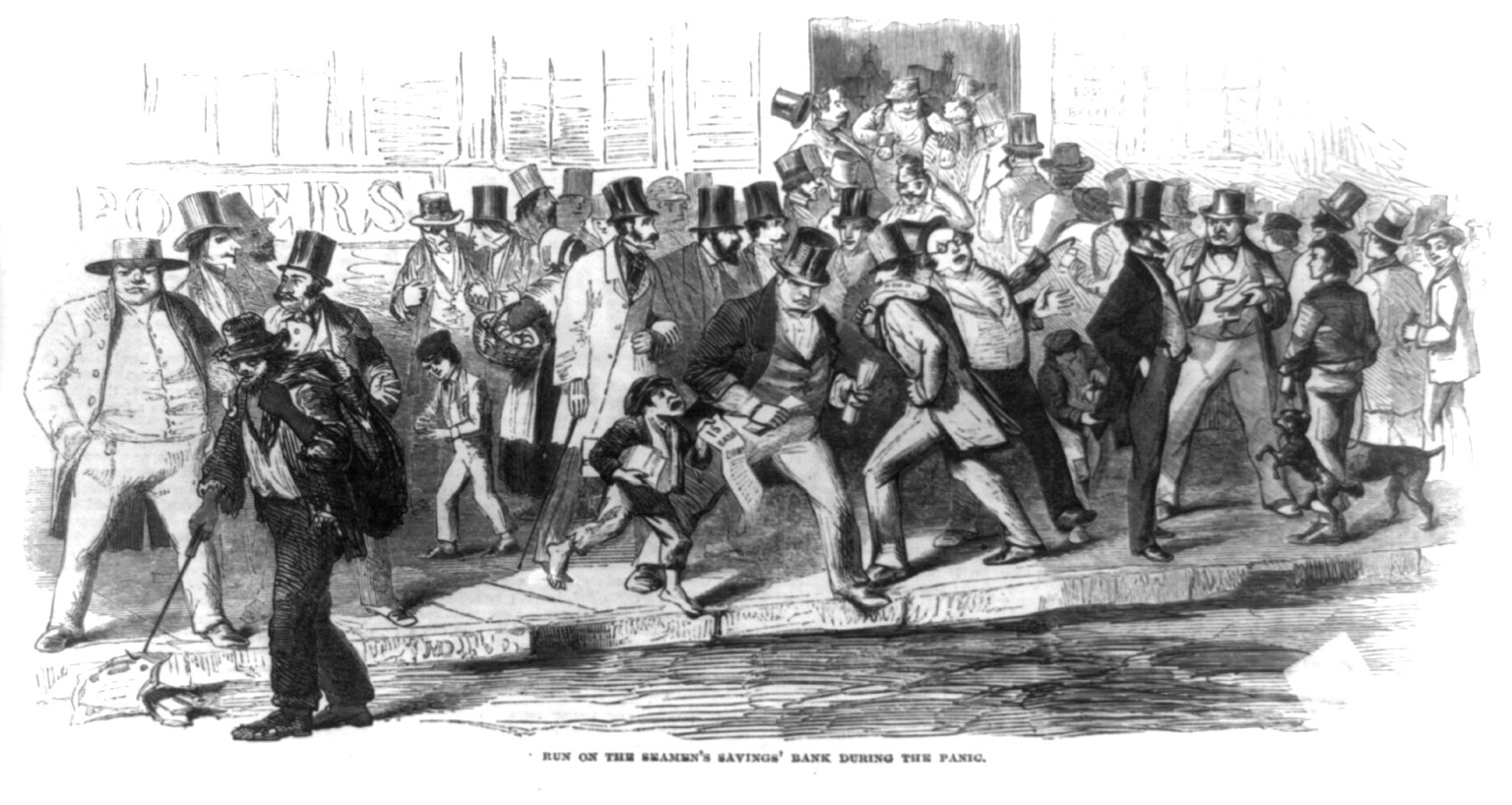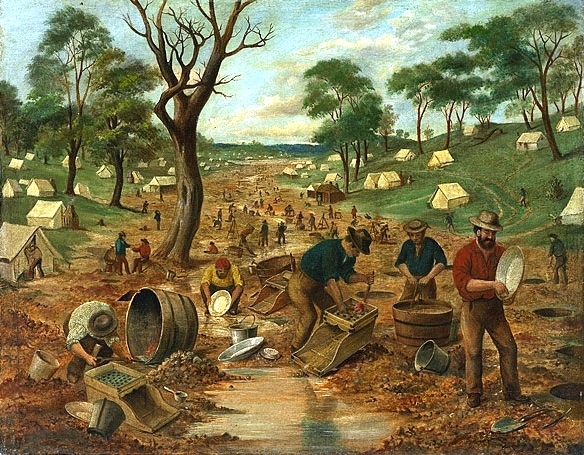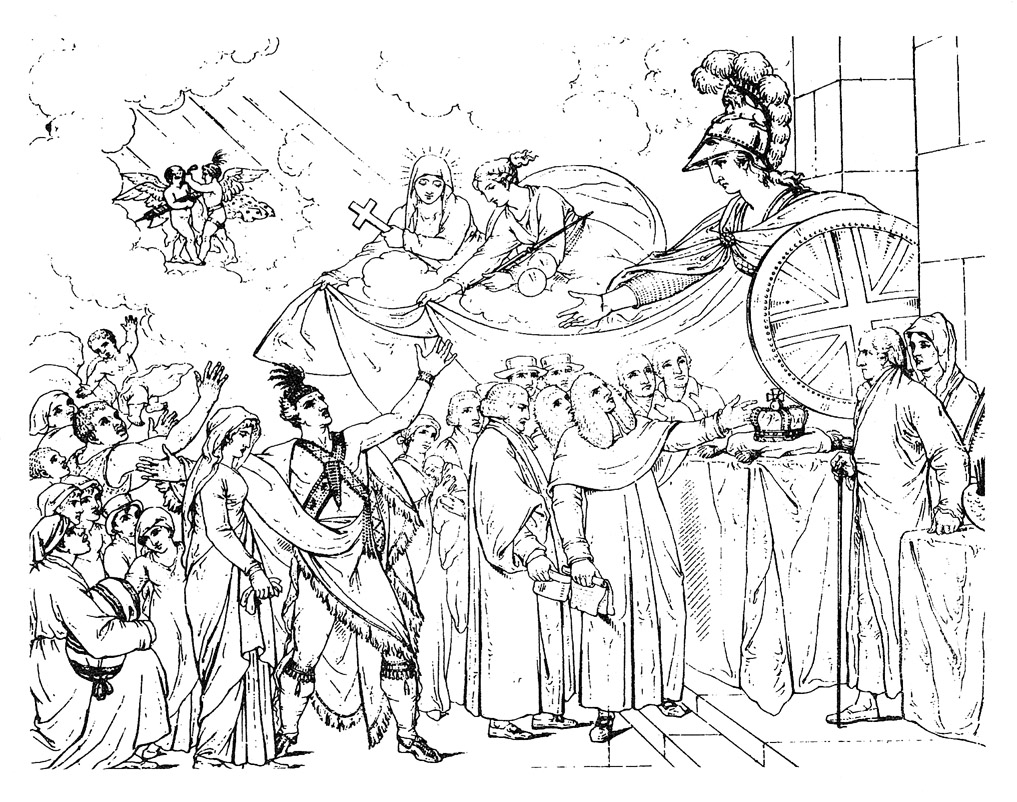|
Sir Roderick Cameron
Sir Roderick William Cameron (July 25, 1825 – October 19, 1900) was a Canadian and American businessman noted for co-founding the R. W. Cameron and Company shipping line in New York City, as well as for his role as an official representative of Canada and Australia at several international exhibitions during the 1870s and 1880s. Early life Cameron was born in Glengarry County, Upper Canada on July 25, 1825 to Duncan Cameron (c. 1764–1848), a prominent fur trader with the North West Company who represented Glengarry in the Upper Canadian House of Assembly during the 9th Parliament, and Margaret MacLeod. His paternal grandparents were Alexander Cameron and Margaret (née McDonell) Cameron. His father, along with his grandparents, immigrated to Tryon County, New York in 1773. In 1785, following the Revolutionary War, the Loyalist Camerons moved to Williamstown, Ontario in Canada. He was tutored in Williamstown by Dr. John Rae and later at the district school at Kingston. ... [...More Info...] [...Related Items...] OR: [Wikipedia] [Google] [Baidu] |
Glengarry County, Ontario
Glengarry County, an area covering , is a county in the province of Ontario, Canada. It is still inhabited by the descendants of 18th and early 19th-century Scottish Highland pioneer settlers from Lochaber, was historically a Gàidhealtachd community, and Canadian Gaelic language revival efforts are currently taking place there. Glengarry County consists of the townships of North Glengarry and South Glengarry. It borders the Saint Lawrence River to the south, the county of Stormont and City of Cornwall to the west, the province of Quebec to the east, and the United Counties of Prescott-Russell to the north. History Glengarry was founded in 1784 by Gaelic-speaking United Empire Loyalists, mainly from Clan Donald, whose defeat in the American Revolution had caused them to become refugees from the Mohawk Valley in upstate New York, North Carolina, and, despite the fact that most Scottish Gaels in that Colony chose to be Patriots, from Georgia. His Majesty's Government, as r ... [...More Info...] [...Related Items...] OR: [Wikipedia] [Google] [Baidu] |
Legislative Assembly Of Upper Canada
The Legislative Assembly of Upper Canada was the elected part of the legislature for the province of Upper Canada, functioning as the lower house in the Parliament of Upper Canada. Its legislative power was subject to veto by the appointed Lieutenant Governor, Executive Council, and Legislative Council. The first elections in Upper Canada, in which only land-owning males were permitted to vote, were held in August 1792. The first session of the Assembly's sixteen members occurred in Newark, Upper Canada on 17 September 1792. Shortly before the capital of Upper Canada was moved to York in 1796 the Assembly was dissolved and reconvened for twelve more sessions between 1797 and 1840 in modest buildings in the new capital. Members continued to be elected by land-owning males to represent counties and the larger towns. During the War of 1812, American troops set fire to the buildings of the Assembly. Political divisions Following the war, the executive and legislative co ... [...More Info...] [...Related Items...] OR: [Wikipedia] [Google] [Baidu] |
New Zealand
New Zealand () is an island country in the southwestern Pacific Ocean. It consists of two main landmasses—the North Island () and the South Island ()—and List of islands of New Zealand, over 600 smaller islands. It is the List of island countries, sixth-largest island country by area and lies east of Australia across the Tasman Sea and south of the islands of New Caledonia, Fiji, and Tonga. The Geography of New Zealand, country's varied topography and sharp mountain peaks, including the Southern Alps (), owe much to tectonic uplift and volcanic eruptions. Capital of New Zealand, New Zealand's capital city is Wellington, and its most populous city is Auckland. The islands of New Zealand were the last large habitable land to be settled by humans. Between about 1280 and 1350, Polynesians began to settle in the islands and subsequently developed a distinctive Māori culture. In 1642, the Dutch explorer Abel Tasman became the first European to sight and record New Zealand. ... [...More Info...] [...Related Items...] OR: [Wikipedia] [Google] [Baidu] |
Clipper
A clipper was a type of mid-19th-century merchant sailing vessel, designed for speed. The term was also retrospectively applied to the Baltimore clipper, which originated in the late 18th century. Clippers were generally narrow for their length, small by later 19th-century standards, could carry limited bulk freight, and had a large total sail area. "Clipper" does not refer to a specific sailplan; clippers may be schooners, brigs, brigantines, etc., as well as full-rigged ships. Clippers were mostly constructed in British and American shipyards, although France, Brazil, the Netherlands, and other nations also produced some. Clippers sailed all over the world, primarily on the trade routes between the United Kingdom and China, in transatlantic trade, and on the New York-to-San Francisco route around Cape Horn during the California gold rush. Dutch clippers were built beginning in the 1850s for the tea trade and passenger service to Java. The boom years of the clipper era beg ... [...More Info...] [...Related Items...] OR: [Wikipedia] [Google] [Baidu] |
American Civil War
The American Civil War (April 12, 1861May 26, 1865; also known by Names of the American Civil War, other names) was a civil war in the United States between the Union (American Civil War), Union ("the North") and the Confederate States of America, Confederacy ("the South"), which was formed in 1861 by U.S. state, states that had Secession in the United States, seceded from the Union. The Origins of the American Civil War, central conflict leading to war was a dispute over whether Slavery in the United States, slavery should be permitted to expand into the western territories, leading to more slave states, or be prohibited from doing so, which many believed would place slavery on a course of ultimate extinction. Timeline of events leading to the American Civil War, Decades of controversy over slavery came to a head when Abraham Lincoln, who opposed slavery's expansion, won the 1860 presidential election. Seven Southern slave states responded to Lincoln's victory by seceding f ... [...More Info...] [...Related Items...] OR: [Wikipedia] [Google] [Baidu] |
Panic Of 1857
The Panic of 1857 was a financial crisis in the United States caused by the declining international economy and over-expansion of the domestic economy. Because of the invention of the telegraph Telegraphy is the long-distance transmission of messages where the sender uses symbolic codes, known to the recipient, rather than a physical exchange of an object bearing the message. Thus flag semaphore is a method of telegraphy, whereas ... by Samuel F. Morse in 1844, the Panic of 1857 was the first financial crisis to spread rapidly throughout the United States. The world economy was more interconnected by the 1850s, which made the Panic of 1857 the first worldwide economic crisis. In Britain, the Henry John Temple, 3rd Viscount Palmerston, Palmerston government circumvented the requirements of the Bank Charter Act 1844, which required gold and silver reserves to back up the amount of money in circulation. Surfacing news of this circumvention set off the Panic in Britain. B ... [...More Info...] [...Related Items...] OR: [Wikipedia] [Google] [Baidu] |
Australian Gold Rushes
During the Australian gold rushes, starting in 1851, significant numbers of workers moved from elsewhere in History of Australia, Australia and overseas to where gold had been discovered. Gold had been found several times before, but the Colony of New South Wales, colonial government of New South Wales (History of Victoria, Victoria did not become a separate colony until 1 July 1851) had suppressed the news out of the fear that it would reduce the workforce and destabilise the economy. The Australian gold rushes changed the Penal colony, convict colonies into more progressive cities with the Immigration to Australia, influx of free immigrants. After the California Gold Rush began in 1848, many people went there from Australia, so the New South Wales government sought approval from the British Colonial Office for the exploitation of mineral resources, and offered rewards for finding gold. History of discovery The New South Wales gold rush, first gold rush in Australia began i ... [...More Info...] [...Related Items...] OR: [Wikipedia] [Google] [Baidu] |
Hamilton, Ontario
Hamilton is a port city in the Canadian Provinces and territories of Canada, province of Ontario. Hamilton has a 2021 Canadian census, population of 569,353 (2021), and its Census Metropolitan Area, census metropolitan area, which encompasses Burlington, Ontario, Burlington and Grimsby, Ontario, Grimsby, has a population of 785,184. The city is situated approximately southwest of Toronto in the Greater Toronto and Hamilton Area (GTHA). Conceived by George Hamilton (city founder), George Hamilton when he purchased the James Durand, Durand farm shortly after the War of 1812, the town of Hamilton became the centre of a densely populated and industrialized region at the west end of Lake Ontario known as the Golden Horseshoe. On January 1, 2001, the current boundaries of Hamilton were created through the Merger (politics), amalgamation of the original city with other municipalities of the Regional Municipality of Hamilton–Wentworth. Residents of the city are known as Hamiltonian ... [...More Info...] [...Related Items...] OR: [Wikipedia] [Google] [Baidu] |
Passenger Ticket For The Clipper Ship BALTIMORE From New York To Melbourne 1853
A passenger is a person who travels in a vehicle, but does not bear any responsibility for the tasks required for that vehicle to arrive at its destination or otherwise operate the vehicle, and is not a steward. The vehicles may be bicycles, buses, cars, passenger trains, airliners, ships, ferryboats, personal watercraft, all terrain vehicles, snowmobiles, and other methods of transportation. Crew members (if any), as well as the driver or pilot of the vehicle, are usually not considered to be passengers. For example, a flight attendant on an airline would not be considered a passenger while on duty and the same with those working in the kitchen or restaurant on board a ship as well as cleaning staff, but an employee riding in a company car being driven by another person would be considered a passenger, even if the car was being driven on company business. Legal status In most jurisdictions, laws have been enacted that dictate the legal obligations of the owner of a vehic ... [...More Info...] [...Related Items...] OR: [Wikipedia] [Google] [Baidu] |
John Rae (economist)
John Rae (1 June 1796, Footdee, Aberdeen – 12 July 1872, Staten Island, NY), was a Scottish/Canadian economist. Life Rae was one of six children to merchant shipbuilder John Rae and Margaret Cuthbert. He graduating from Marischal College (University of Aberdeen) in 1815 with the degree of Master of Arts, followed by two years of medicine at the University of Edinburgh. Changes in family circumstances with his father's bankruptcy in 1820 led to Rae's move to Canada in 1822. He was located in Williamstown ( Glengarry County), and later, Hamilton in Ontario, Canada, where his wife died of cholera. He was well acquainted with the Scottish/Canadian community and was affiliated with the Presbyterian Church of Scotland. In Canada, he worked as a timber trader, schoolteacher, and a doctor. In 1834, he moved to Boston, and then New York, where he also worked as a teacher. He went on to Central America where he was a physician. He moved with gold-miners to California in 1849, an ... [...More Info...] [...Related Items...] OR: [Wikipedia] [Google] [Baidu] |
Williamstown, Ontario
South Glengarry is a township in eastern Ontario, Canada on the Saint Lawrence River in the United Counties of Stormont, Dundas and Glengarry. South Glengarry borders Quebec. Communities The township of South Glengarry comprises a number of villages and hamlets, including the following communities: In the former Charlottenburgh Township: *Glen Walter *Green Valley *Martintown *Summerstown *Summerstown Station *St. Raphaels *Williamstown *Avondale *Cashions Glen *Glen Brook *Glendale *Glen Falloch *Glenroy *MacGillivrays Bridge *Munroes Mills *Tyotown *Bayview Estates *Glendale Subdivision *Glen Gordon *Loon Island *North Branch *Camerons Point *Danis Point *Farlingers Point *Flannigans Point *Fraser Point *McGibbons Point *Pilons Point *Prevost Point *Stonehouse Point In the former Lancaster Township: *Bainsville *Brown House Corner *Dalhousie Mills *Glen Nevis *Glen Norman *Lancaster *North Lancaster *South Lancaster *Bridge End *Curry Hill *Pine Hill *Lancaster Heights *Ma ... [...More Info...] [...Related Items...] OR: [Wikipedia] [Google] [Baidu] |
Loyalist (American Revolution)
Loyalists were refugee colonists from Thirteen Colonies, thirteen of the 20 British American colonies who remained loyal to the British Crown, British crown during the American Revolution, often referred to as Tories, Royalists, or King's Men at the time. They were opposed by the Patriot (American Revolution), Patriots or Whigs, who supported the revolution and considered them "persons inimical to the liberties of America." Prominent Loyalists repeatedly assured the Government of the United Kingdom, British government that many thousands of them would spring to arms and fight for the Crown. The British government acted in expectation of that, especially during the Southern theater of the American Revolutionary War, Southern campaigns of 1780 and 1781. Britain was able to effectively protect the people only in areas where they had military control, thus the number of military Loyalists was significantly lower than what had been expected. Loyalists were often under suspicion of t ... [...More Info...] [...Related Items...] OR: [Wikipedia] [Google] [Baidu] |








